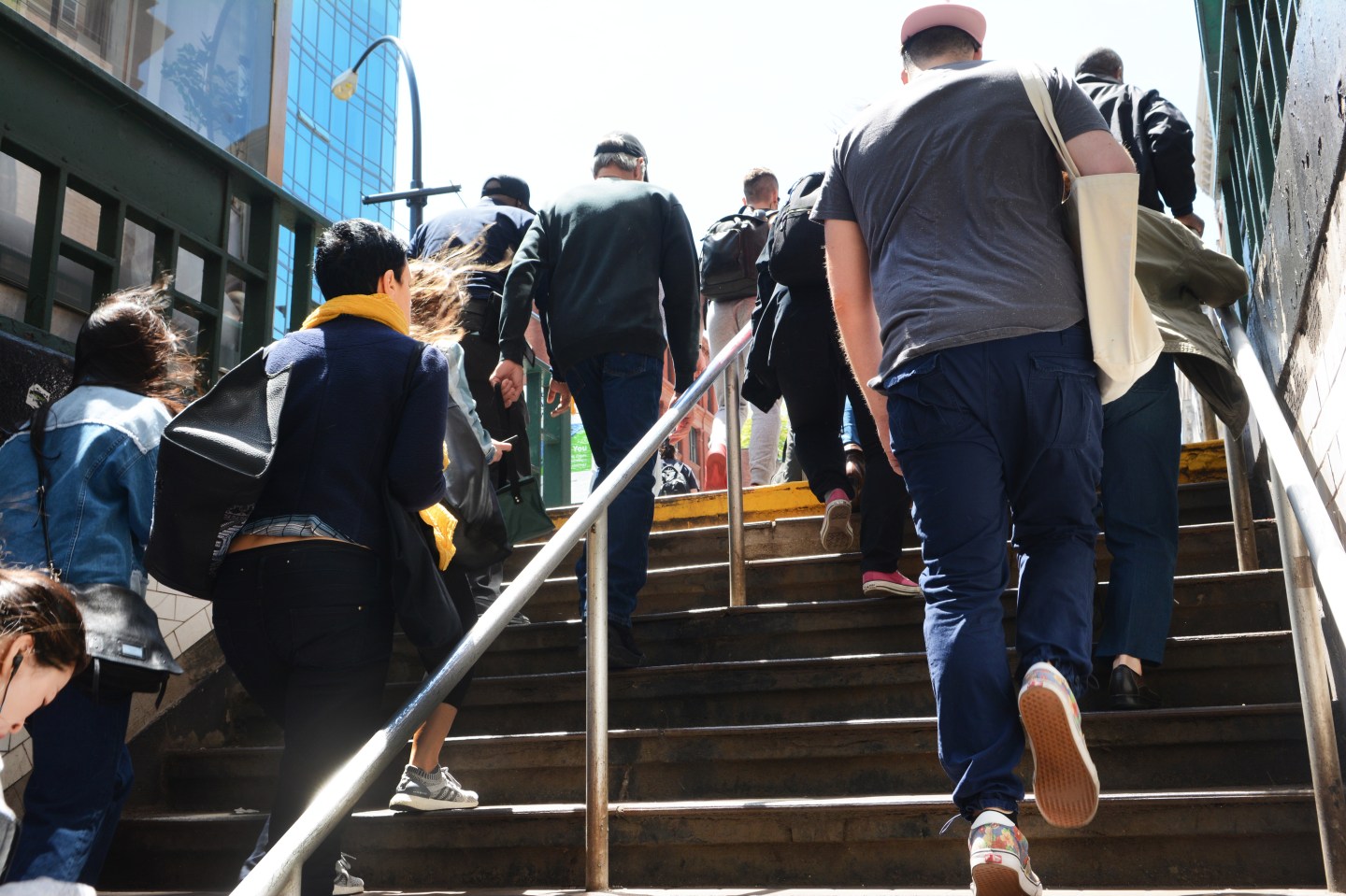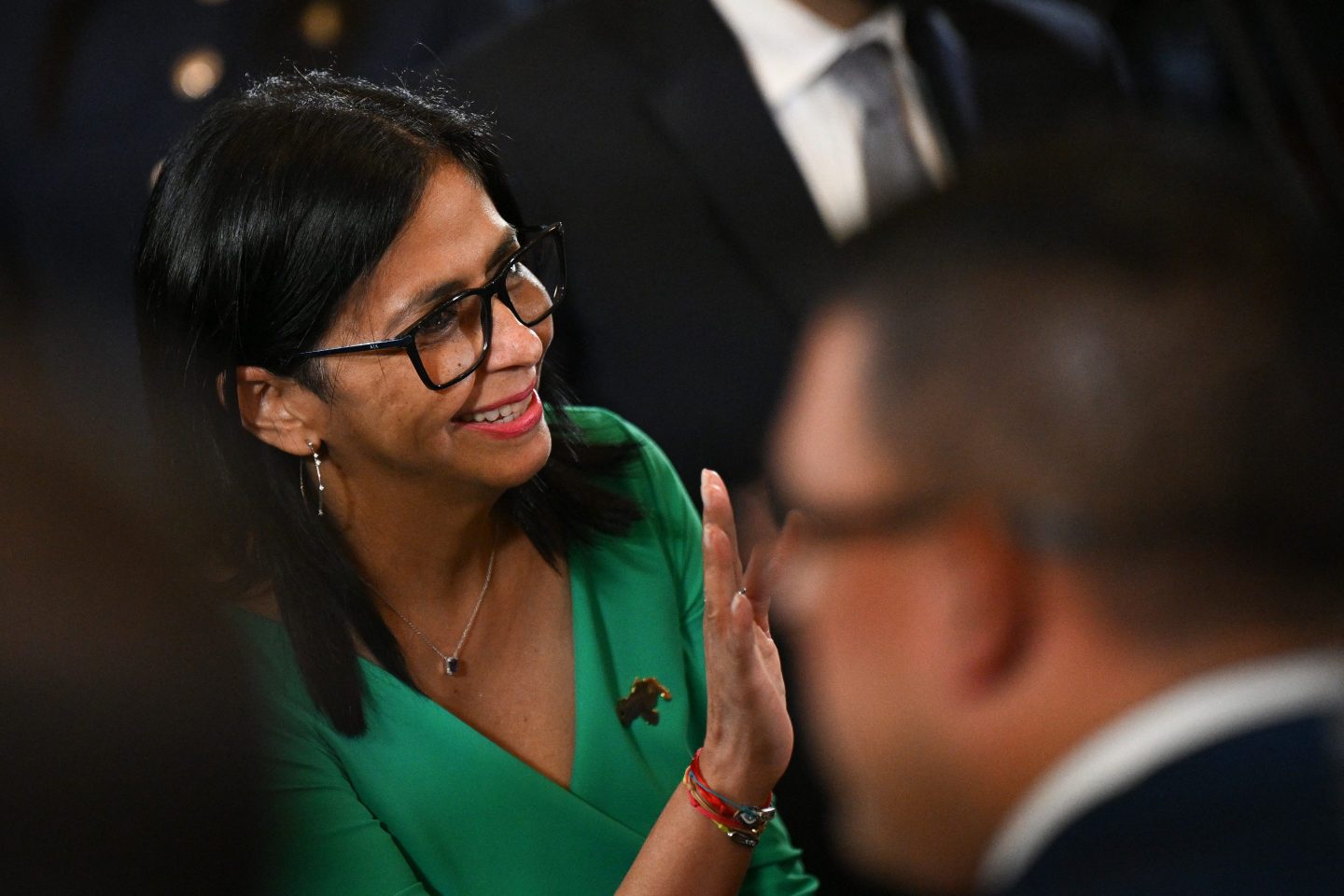Good morning.
It’s September, time for the third annual (for some, fourth annual) Return to Office Debate. It’s remarkable how stale that debate has become. Workers continue to point to their extraordinary productivity in 2020 (when there was nothing else to do) and ignore data that shows declines in cohesion, belonging, even mental health. Meanwhile, employers pound their breasts demanding a return to office (latest examples: Amazon’s Andy Jassy and Meta’s Mark Zuckerberg) but cut countless side deals for talented employees who demand otherwise.
Some CEOs had thought—perhaps even hoped—a recession might turn the balance of power in their favor. But the recession didn’t happen. And demand for real talent continues to sizzle. As a result, the two sides are stuck in a standoff. Stanford professor Nick Bloom, the closest thing there is to an expert on this issue, says that U.S. data has been “flat as a pancake” for the last two years, with occupancy rates in major city office buildings holding at about 50% and hours worked from home stuck at a constant 25%—up from 5% before the pandemic.
Perhaps it’s time we all accept that the new normal has arrived. Workers have far more flexibility than they did pre-pandemic and should celebrate that fact. Employers are settling in on three-plus days a week in the office and should work to make that time meaningful. The next three months may show some big swing in the numbers—but don’t count on it.
That all means it’s probably time to focus on the real showdown: Commercial office space. If occupancy rates stay at 50% and interest rates remain double what they were two years ago, building owners are going to find themselves in a lot of pain. The problem is exacerbated in New York, where a flood of top-flight office space put in motion before the pandemic is coming on line now—Hudson Yards, One Manhattan West, One Vanderbilt, JPMorgan Chase’s spectacular new headquarters. Just about every out-of-my-office meeting I’ve attended over the last six months has been in one of those buildings, which have much-improved space and great sustainability statistics as well. That’s bad news for the Class B building crowd, as this recent New York Times story demonstrates.
So let’s focus on the real problems and can the Return to Office debate. The workplace revolution has happened. It may not have gone as far as some would like, but we probably aren’t going back.
More news below.

Alan Murray
@alansmurray
alan.murray@fortune.com
TOP NEWS
Tiger’s troubles
A fiery, yet unsubstantiated memo circulating in the investment community is the latest headache for Tiger Global. The hedge fund invested heavily in the boom year of 2021—almost at the rate of funding one startup a day—only to suffer when the market collapsed the following year due to interest rate hikes and China’s crackdown. Now, the anonymous memo, which Tiger blames on a disgruntled former employee, could dissuade investors already wary about sticking with the fund. Fortune
Time of departure
Alan Joyce, CEO of Qantas, is stepping down two months ahead of schedule, replaced by CFO Vanessa Hudson. Joyce helped keep Australia’s flagship carrier afloat during the COVID pandemic, yet has recently grappled with political discontent around government influence and its record profits amid a cost-of-living crisis. The likely last straw was an accusation last week from Australia’s consumer watchdog that Qantas sold tickets to already-canceled flights. The Sydney Morning Herald
What sanctions?
Investigations show that Huawei Technologies’ latest smartphone has a chip just a few years behind the cutting edge, evidence that the Chinese manufacturer is keeping pace with competitors despite years of U.S. sanctions. The U.S. barred Huawei from buying advanced chips and chipmaking equipment in 2019, alleging the company had ties to China’s military. Yet Huawei’s recent phone may show that China can produce more advanced chips despite U.S. rules designed to kneecap the country’s semiconductor industry. Bloomberg
AROUND THE WATERCOOLER
How one man sold risk-averse Volkswagen on an unproven idea and launched Europe’s hottest new car brand by Christiaan Hetzner
How Taylor Swift, ‘The Bachelorette,’ and an Etsy-like website are fueling a turnaround for crafts retailer Michaels by Phil Wahba
America and China’s $574 billion chip war has already scored an ‘extraordinary success beyond anyone’s wild dreams’ for Joe Biden by Rachel Shin and Irina Ivanova
Ranchers decry ‘arrogant’ Silicon Valley billionaires buying up land for ‘fantasy’ city near San Francisco: ‘We are now totally surrounded’ by Steve Mollman
Commentary: Silicon Valley’s elites can’t be trusted with the future of A.I. We must break their dominance–and dangerous god complex by Vivek Wadhwa and Vinita Gupta
Women are fed up of their LinkedIn pages being targeted by unwanted sexual advances: ‘Apologies for being blunt, but what’s your bra size?’ by Orianna Rosa Royle
This edition of CEO Daily was curated by Nicholas Gordon.
This is the web version of CEO Daily, a newsletter of must-read insights from Fortune CEO Alan Murray. Sign up to get it delivered free to your inbox.














